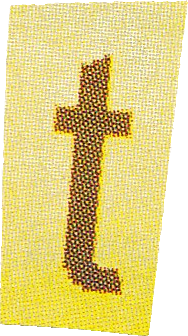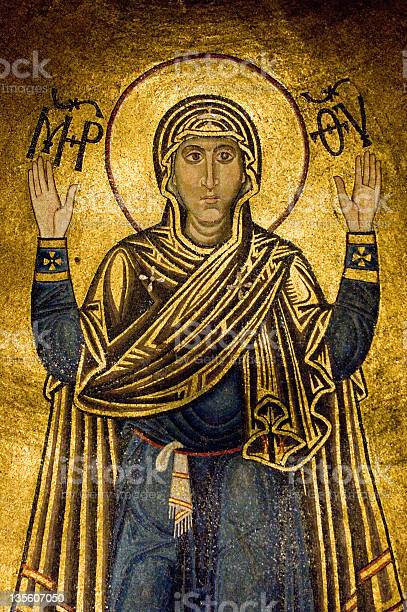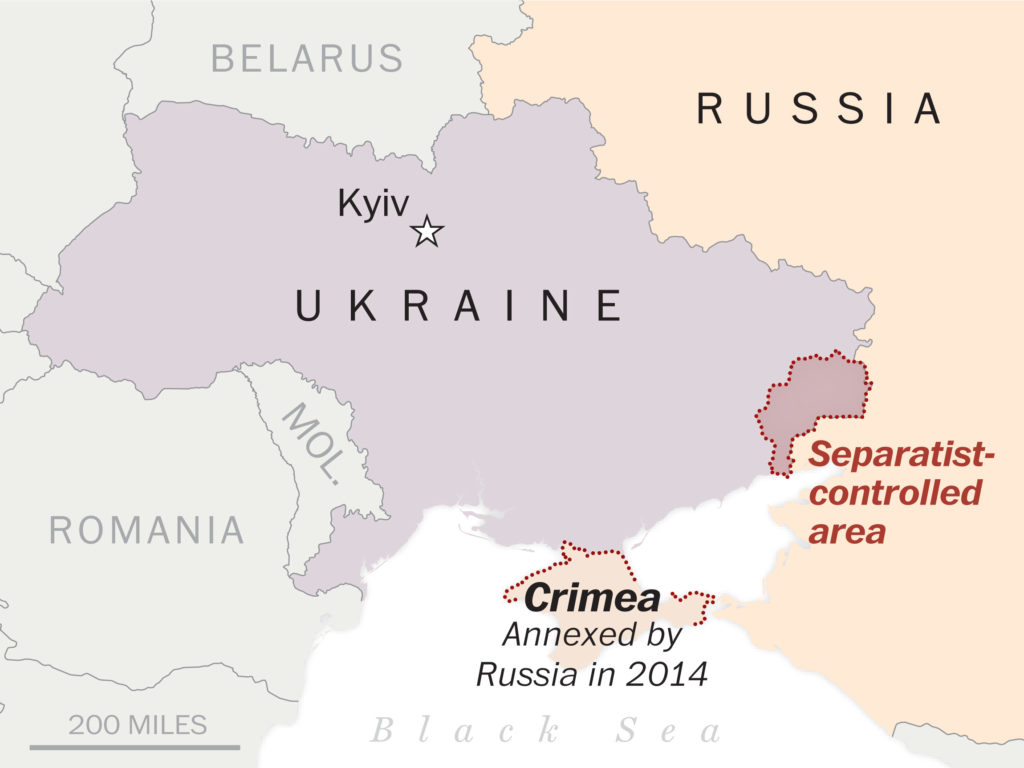 he haunting image of a musician playing farewell on her piano to her home that had been bombed by the Russians has chased many other thoughts away. I wanted to appreciate Ukrainian culture now that we are standing in solidarity with the Ukrainian people.
he haunting image of a musician playing farewell on her piano to her home that had been bombed by the Russians has chased many other thoughts away. I wanted to appreciate Ukrainian culture now that we are standing in solidarity with the Ukrainian people.
ORANTA
And I found a newly opened restaurant called Oranta in the heart of Paris that gives us a feeling of what it’s like to be a Ukrainian making her way in Paris by celebrating her country. (Click on the heading.)
I was curious about the name of the restaurant and wondered what Oranta means.

The ever-ready Internet says this: “The Virgin Orans, Oranta (The Great Panagia) (Ukrainian: Оранта) is a well-known Orthodox Christian depiction of the Virgin Mary in prayer with extended arms. … The image is considered one of the greatest sacred symbols in Ukraine, a palladion defending the people of the country. It is stored in the Saint Sophia Cathedral in Kyiv in Ukraine.”
This travelogue description takes on a poignancy given the circumstances. And given the bombing, this iconic cathedral along with much of Ukraine’s cultural richness and most especially its people, is under threat.
LANGUAGE
Another aspect of Ukrainian culture is not easy to unravel.
In one of those odd twists of fate, the first name of the Russian President, Vladimir, is a related form of the Ukrainian President’s first name, Volodymyr. So for today, our vagabond from Beckett’s play, whose name is Vladimir, has asked to go by the name Volodymyr. Estragon, whose name, by the way, is the French word for the spice tarragon, does not have a ready Ukrainian equivalent.

We need these two to try to make their way through the morass of the development of the Ukrainian language. It either is or is not related to Russian through early East Slavic roots. Here we have Professor Wikipedia holding forth: “Historical linguists trace the origin of the Ukrainian language to the Old East Slavic of the early medieval state of Kievan Rus. After the fall of the Kievan Rus as well as the Kingdom of Ruthenia, the language developed into a form called the Ruthenian language. Some linguists say, nope, no Old East Slavic commonalities. “Nothing to be done,” says Tarragon, which pretty much sums up trying to resolve this debate. We do know that the Ukrainian language was later banned in Russia, and referred to derogatorily as, “Little Russian.”
(All these above hot links above can carry you away to the land of knowledge, so have at it!)
MUSIC
First, we see the language in action as a Ukrainian choir presents itself in their native language.
Here is the well-known Ukrainian children’s choir.
And here they are singing. Such vibrance against what civilians and children are facing now.
Irina Maniukina, musician.
And we see this unusual combination of beauty and devastation. Imagine a musician’s farewell to her home, expressed through the piano. See the following link.
UPDATE
And while it is good to look at Ukraine in its cultural richness, it remains true that the country and its people are being mercilessly pummeled. I have included an update from Medecins Sans Frontières. Donate if you can.